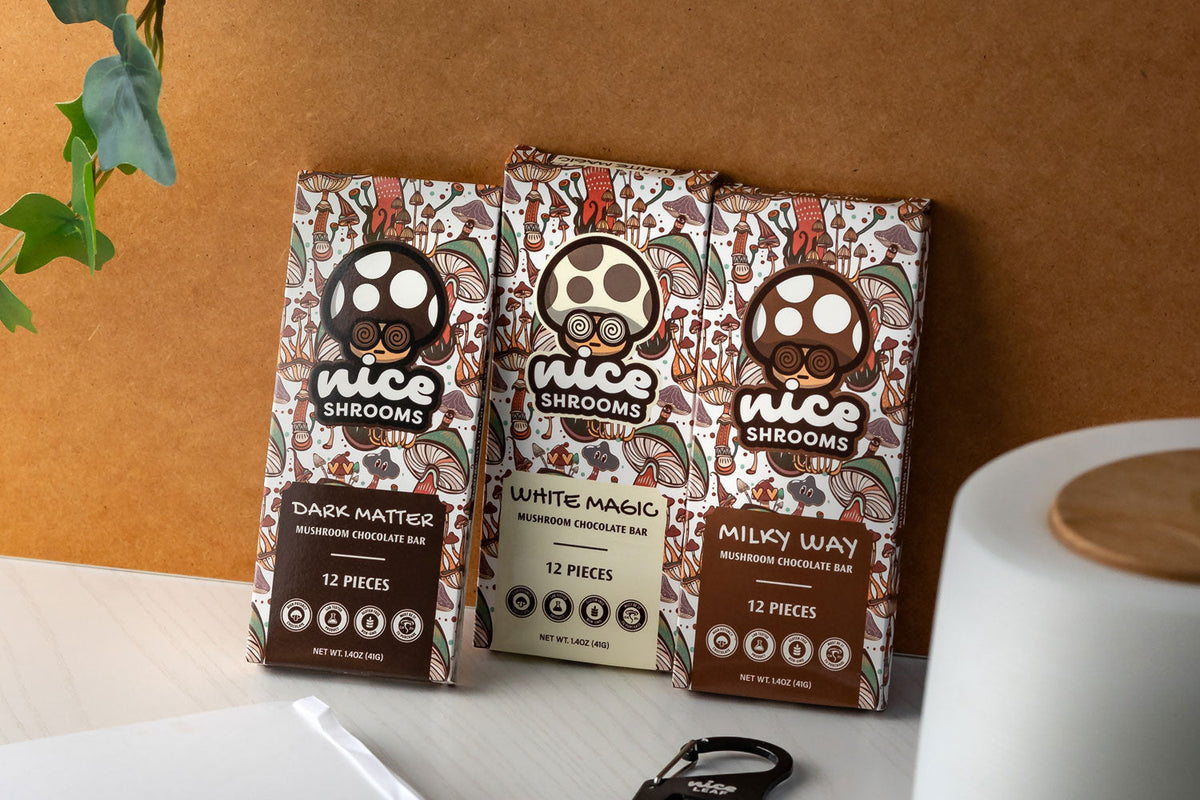
Is American Seeing a Psychedelic Renaissance
|
|
Time to read 5 min
|
|
Time to read 5 min
As we are surely familiar, not long ago, psychedelics were considered dangerous, counterculture drugs: banned, feared, and dismissed by the mainstream media and pop culture. Fast forward to today though, and these substances are now discussed on morning news shows, in therapy offices, and even at the dinner table. Whether in the context of mental health treatment, creativity, or social bonding, psychedelics are experiencing a major cultural and scientific renaissance.
The shift in public opinion is undeniable. A 2023 national poll found that 60% of likely voters support regulated psychedelic therapy for adults , with majorities across Democrats (72%), Independents (58%), and nearly half of Republicans (49%) favoring access. While skepticism remains, the fact that psychedelics are now viewed as legitimate tools for healing, self-discovery, and even social connection marks a dramatic departure from past decades.
So, this begs the question: how did we get here? Let’s explore how psychedelics went from underground taboo to a promising frontier for wellness and human connection.
For much of modern history, psychedelics were criminalized. In 1970, the U.S. classified LSD, mushrooms, and other hallucinogens as Schedule I drugs, meaning they were deemed to have “no accepted medical use” and a high potential for abuse (fun fact: heroin is classified as a “schedule I” drug. Yes, you read that right.). Unsurprisingly, many experts criticize the classification system itself because some Schedule I substances (such as psilocybin, MDMA, and cannabis) have shown medical benefits in clinical trials. In contrast though, some highly addictive drugs like fentanyl and oxycodone remain Schedule II, meaning they can still be prescribed for medical use. However, recent developments, including state-level cannabis legalization and FDA-approved research on psychedelics, suggest that some of these substances might eventually be reclassified or removed from Schedule I.
But, all in all, this ’70s era classification marked the end of early psychedelic research and the beginning of a long era of prohibition. However, this story is far from over.
As time passed, and as the war on drugs lost credibility, attitudes toward psychedelics started shifting. Reports of their potential benefits, especially in mental health treatment, sparked renewed curiosity. A wave of decriminalization and legalization efforts followed:
With all that being said though, one of the biggest factors in psychedelics’ rebranding has been media representation. Books, documentaries, and interviews have helped demystify psychedelics, portraying them as powerful tools for mental wellness rather than dangerous substances. They stopped being seen as “that weird stuff hippies take” and began to take on a more therapeutic and positive form.
A turning point came with Michael Pollan’s best-selling book, How to Change Your Mind, and its 2022 Netflix docuseries. For the first time, millions of viewers across the world saw real people undergoing psychedelic therapy, experiencing profound healing from depression, PTSD, and addiction.
While the tides shift in the background, the real innovators come out to play just in time. Recently, psychedelic-inspired wellness products have gained mainstream traction. For example, the “ Nice Shrooms ” gummies and chocolates represent a new wave of legal, mushroom-infused edibles designed for relaxation, focus, and connection. Whether it's with sweet and rich options such as the Milky Way Mushroom Chocolate Bar , or in a more candied approach with Cosmic Berry Mushroom Gummies , the blending of functional mushrooms into a proprietary blend, all while using the highest quality ingredients allows us to bring ancient wisdom into modern life, without the intensity of a full psychedelic experience.
As psychedelics become a bigger part of mainstream culture, they’re also showing up in fashion, music festivals, and even comedy specials. The language of “ microdosing ” and “tripping” has seeped into casual conversation, often with a lighthearted or wellness-oriented spin. This is a much different vibe than the language of prior decades.
What was once fringe is now front and center, and people are taking notice.
The message from scientists is clear : psychedelics have serious medical potential.
One of the most underrated effects of psychedelics is their ability to foster deep social bonds. In a world in which we remain so totally connected yet feel so alone, such an ability should really be considered priceless. Whether through therapy, festivals, or intimate gatherings, psychedelics have a unique way of bringing people together.
By gently amplifying mood and relaxation with a blend of adaptogens, nootropics, and high-quality mushroom extracts, these products help people feel more connected, more at ease, and more engaged in the moment.
In just a few decades, the U.S. has shifted from strict prohibition to thoughtful exploration of psychedelics. With state-led reforms, scientific breakthroughs, and mainstream cultural shifts, acceptance is growing, and so is access. As more people embrace the potential of these experiences for personal growth and social connection, Nice Leaf’s mushroom line provides a legal, accessible way to tap into the power of nature’s fungi. Whether you’re looking to enhance relaxation, deepen connections with friends, or explore new perspectives, Nice Shrooms gummies and chocolates offer a smooth and enjoyable way to elevate your mindset, without needing a shaman.
As interest in mood-enhancing mushrooms continues to rise, we may be witnessing the beginning of a more open, mindful approach to psychedelics in America.
The journey is just beginning. Are you ready to explore?